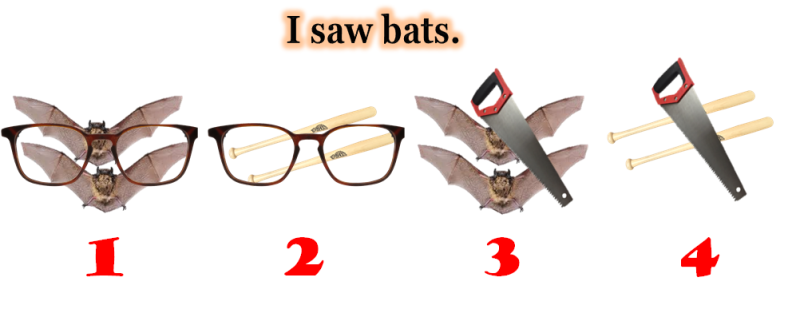A Slightly Annotated Willingham on Science of Reading


UVA cognitive psychologist Daniel Willingham and Barbara Davidson of Knowledge Matters were on the Melissa and Lori Love Literacy podcast a couple of days ago. About 10 minutes into the dialogue, Willingham gave a amazing rationalization of the function of track record understanding in studying comprehension. I transcribed the essential sections under with a few notes of my possess [in italics] added in for amplification or emphasis.
Willingham: The important attribute of not just published but oral language is that language is at times [you might even say ‘always’ or ‘inherently’ I’d argue] ambiguous. And routinely a excellent deal of info that the speaker or writer intends their audience to understand is essentially omitted. And it is in resolving his ambiguity and changing that missing data that reader know-how is so essential. [The term for resolving this inherent ambiguity is: disambiguation. And (epiphany here): we are always disambiguating the language we read and hear]
Willingham supplies an case in point sentence made up on the spur of the second: “Lori tore up Melissa’s artwork do the job. She ran to notify the trainer.” He goes on:
The second sentence is ambiguous. “She” could refer to Lori or Melissa. But obviously if you are an expert reader [or listener] you are not likely to see that as ambiguous. You are going to have an understanding of that you run and inform the instructor not when you are the perpetrator of a criminal offense but when you are the sufferer of a crime. So which is how “she” will get disambiguated. That definitely is dependent on some expertise of the globe. But very substantially anyone listening has that know-how so it [the disambiguation] is very simple.
This is an case in point of grammatical ambiguity at the amount of the personal sentence. At the time you get to making inferences throughout sentences … information is even more important.
Willingham offers an case in point sentence from his book: “Tricia spilled her espresso. Dan jumped up to get a rag.”
If all you understood was the literal this means of the two sentences you almost certainly would not have recognized everything the creator supposed. The creator supposed for you to attract a causal link in between the sentences: Dan jumped up due to the fact Tricia spilled her coffee.
But…you want to have the proper understanding to construct that causal bridge. You have to know that when you spill coffee it helps make a mess. You have to know that rags can clean up up a mess. And so forth.
All of this is just things that the author remaining out. The motive authors write this way [and speakers speak this way] is that if you truly gave all that details, the text would be impossibly extended and tedious. [Epiphany: the gaps the author leaves and that cause challenge for readers with knowledge gaps are a feature not a bug of language]. “Tricia spilled coffee. Some of it went on the rug. She did not want espresso on her rug. The rug was high priced.”
Willingham notes this would be absurd.
Understanding your viewers usually means tuning what you say and publish to supply as substantially information and facts as your viewers wants, but not far more. [Every author is making assumptions about optimal knowledge of readers required to a) disambiguate and then b) understand at a substantive level what he/she is saying.]
Willingham upcoming discusses the Recht and Leslie “baseball study” and then goes on to explain a 2nd examine by Ann Cunningham and Keith Stanovich:
“Who is it that does well on looking at comprehension tests? Cunningham and Stanovich questioned that questions in a sequence of reports. [The hypothesis was that “the kids who know at least a little something about lots and lots of topics would test well].
Most items you go through that are for a common reader, the writer is not likely to presume you know a whole lot. They are not likely to believe you know that Picasso was a cubist, but the are going to assume you know that he was an artist and a painter. So you need to have to be a million miles extensive but only a pair of inches deep to be a great reader [that is, to succeed on reading comprehension tests; though to be fair that only applies if you are a fluent reader with flawless decoding and if you also have knowledge of vocabulary]. So they analyzed that–a exam of wide information –who was Picasso etc?–this was with higher education students–and then they administered a common reading comprehension examination. And they anticipated a solid correlation and which is accurately what they noticed.”
I considered that was a really stylish and crystal clear description of the function knowledge performs in comprehension of textual content. We (or I) generally concentration a lot more on the position of qualifications information in greater inferences in the text–the types an author could possibly intentionally put make it possible for to exist in a text. But really its essential position is in the continual and perpetual process of disambiguation.




